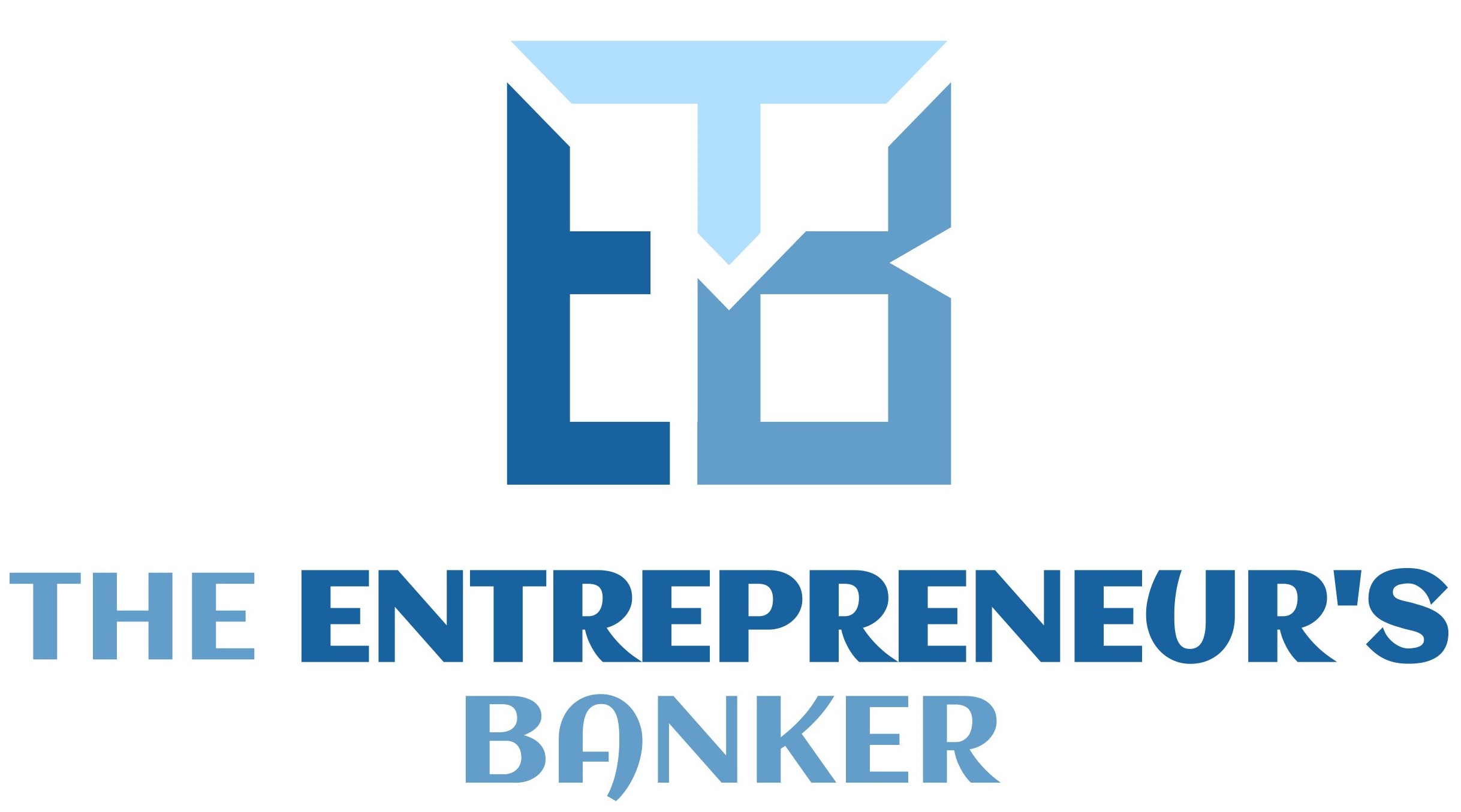“In any negotiation, it is not how well you speak, but how well you listen that determines your success.”
This is just one of the key points that I learned from Chris Voss in his book, Never Split the Difference. Chris is one of the preeminent practitioners and professors of negotiations skills in the world. From his time as the FBI’s lead international kidnapping negotiator, Chris has studied and pioneered some of the most effective negotiation techniques used today. These techniques have been battle tested in scenarios that are more serious than any I have (or probably ever will) faced – negotiating with a kidnapper that is committed to harm someone I care about.
As the entrepreneur that is leading a high-growth company, you know that everything, inside and outside the office is a negotiation. That may be negotiating with a new supplier, or maybe it is negotiating the payment terms of your newest client. It may even be negotiating with your 11-year old on engaging in a walk around the yard behind a lawn mower.
Here are the top 3 take-aways that I took from this powerful book:
Calibrating Questions. These are questions that are designed to steer the conversation (negotiation) in a specific direction, while as the same time – letting your counterpart think that it is their idea to go there. They are so powerful in that they lead your counterpart into solving your problems, while simultaneously giving you information about them. Calibrating questions are open-ended, or can not simply be answered with a “Yes” or a “No”. An example of where I have used calibrating questions ins when I talk to a client about the structure of a proposed loan. There are many aspects of loan structure that are important (amortization, rate, payment amount and frequency, guaranty amount, fees, etc.) but I need to know which ones are most important (and WHY). The problem is that everyone wants to have the best deal in all aspects, which may not be achievable all in the same structure. So, I ask my clients a calibrating question, “What about loan structure is most important to you?”. Then I go silent. This forces the entrepreneur to provide me valuable information that I use to craft a solution for them. It eliminates any guess work for me.
Calibrating questions also allows you to see into the future for any potential pitfalls once an agreement has been made. The example in the book that resonated with me was the time that Chris had negotiated with the CEO of the company to come in and train employees in a specific division. However, he did not ask the right calibrating questions and as a result the division manager caused the deal to fail.
“No” starts the negotiation. In all the sales training I have previously heard, it was all built around getting a “Yes”. Chris flips this on its head and says that entrepreneurs should become the master of “No”. While a Yes may seem emotionally significant and a positive step forward, a No provides safety. It allows for the parties to understand exactly where the other one stands and as a result provides a bedrock to move from. But this is so scary. I have to admit, I didn’t like this chapter when I read it, but upon mulling it over, it makes sense. I love to operate with the understanding that everything I do for clients is going to be to push them toward success (however they define it). There are times that the rules that I have to work under may not align exactly with how the entrepreneur sees things going. It is in these instances that I have learned to love the “No” so that I we can really have meaningful conversations on how to get to a “Yes”.
Negotiator Types. Chris explores 3 types of negotiators: Analyst, Accommodator, and Assertive. Knowing the characteristics of each one (and how to respond to each one) is super valuable. Personally, I believe that I am primarily Accommodator, in part because relationship is so valuable to me; but I also hate to be surprised, so I bet I have a touch of Analyst in me as well.
I would encourage everyone to read Never Split the Difference as it provides an amazing insight into how we all view the world, and how we can influence conversations (negotiations) to achieve what we want. Being an entrepreneur is one of the most difficult and demanding things you can do. The good news is that entrepreneurship today is a team sport. Hit the connect button on LinkedIn or Facebook NOW and together we will work towards hitting your 10-year target. Along the way we will increase your profit, strengthen your leadership skills and define your strategic vision. This will lead to confidence in your path, freedom to dream up bigger targets and a strategic banking relationship. When we connect, tell me about a time where you negotiated a deal that ended up being bad for your company, and what you learned from it.

Greg Martin is an entrepreneur’s insider to the banking industry and passionately believes that every person was uniquely designed for a higher purpose and calling. Greg guides entrepreneurs in defining and achieving their purpose and calling. His deepest passion is living life with his wife and their wonderful son.
Get In Touch
College Station, Texas
(910) 257-8286

